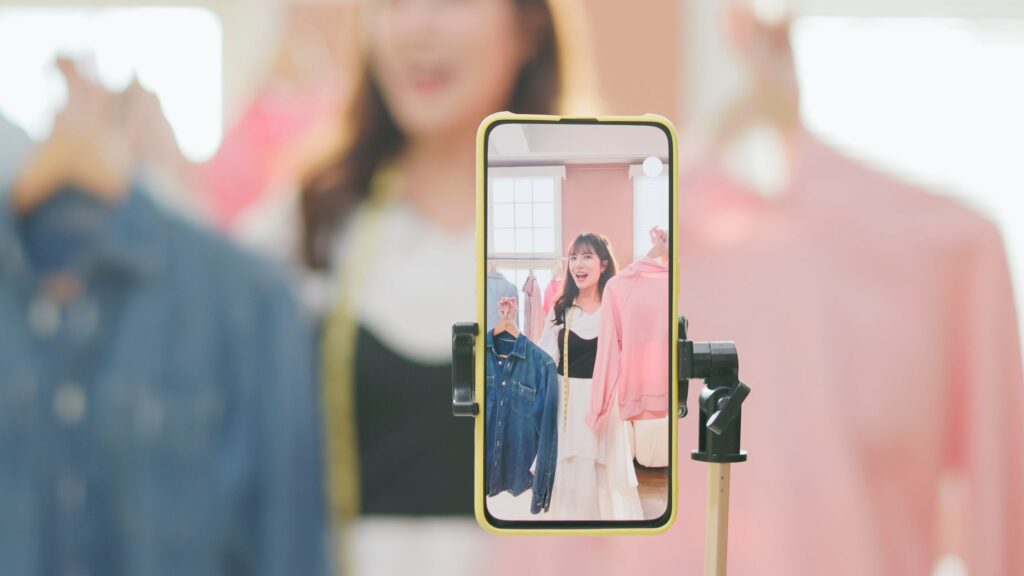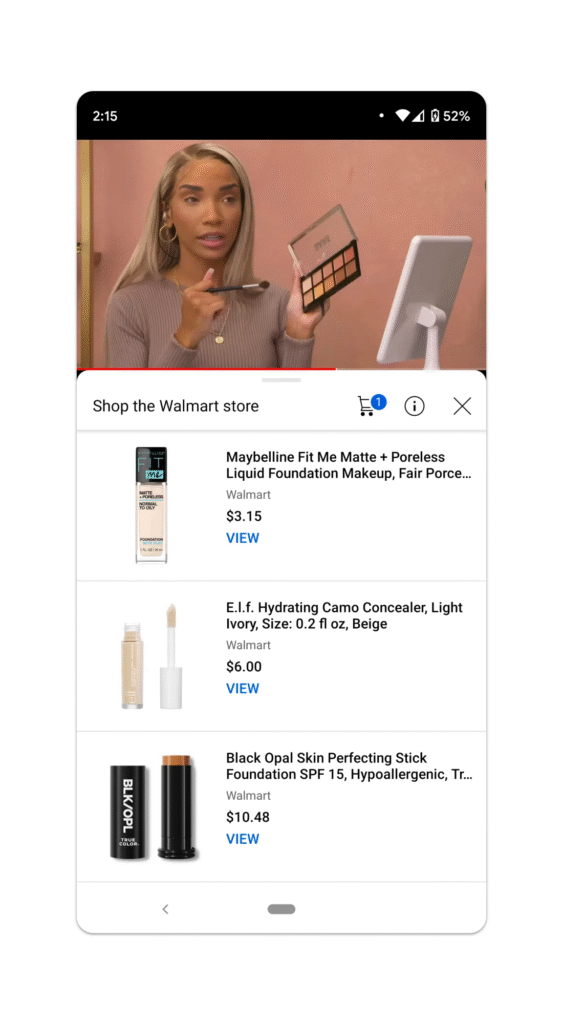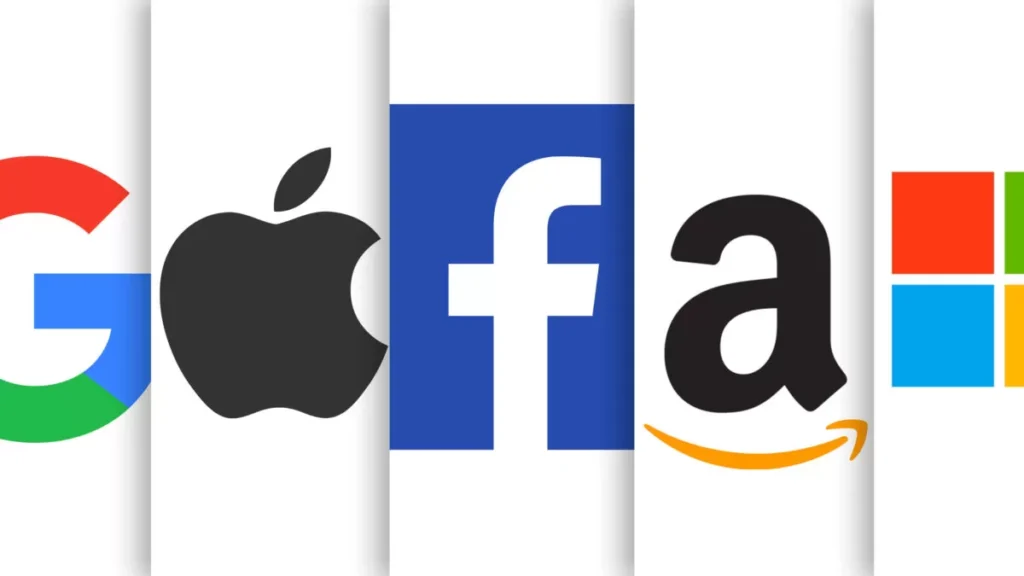Discover live shopping, the retail format that’s rewriting the rules of e-commerce and how to get started.

What Exactly Is Live Shopping?
Live shopping, also called live commerce or livestream selling, is a marketing and sales strategy where hosts present products through live video while viewers watch and purchase in real time. Think of it as the modern evolution of television shopping channels like QVC, but turbocharged for the smartphone era. Instead of calling a hotline to place orders, viewers simply tap a button on their screens. Instead of passive viewing, they engage through live chat, asking questions and receiving immediate answers.
The format operates on three core elements: it’s video-based, it happens in real time (not pre-recorded) and it enables instant purchasing through embedded links, product tags, or integrated checkout systems. During these sessions, hosts, who might be brand representatives, influencers, or everyday enthusiasts, demonstrate products, share styling tips, answer viewer questions and often offer exclusive discounts available only during the broadcast.
The experience creates what traditional e-commerce struggles to deliver: a sense of community, urgency, and human connection in digital shopping.

The Chinese Origins of Live Shopping
According to McKinsey, live commerce began in 2016 with the launch of Alibaba’s Taobao Live, and China remains its most mature market by considerable distance. In 2021, the Chinese live shopping industry was worth 2.27 trillion yuan, which doubled in just two years to hit 4.9 trillion yuan. To put that in perspective, in 2023, livestreaming e-commerce in China generated nearly $682.5 billion in sales, up from $57.12 billion in 2019.
The Chinese market has produced legendary success stories. Blogger Li Jiaqi, known as the Lipstick King, once sold 15,000 lipsticks in five minutes through livestreaming. These figures are by no means flukes; they point to a fundamentally different shopping culture where live commerce has become mainstream.
The growth isn’t limited to North America. European brands like Nordstrom, Kit Kat, Samsung, and L’Oreal have all experimented with live shopping streams, while by 2026, US livestream commerce sales are projected to grow by 36%, making up more than 5% of all e-commerce sales in North America.
But the Western world is catching up. The live e-commerce market size in the US is expected to double over the next three years, from $31.7 billion in 2023 to $67.8 billion in 2026. A 2024 survey by digital commerce platform VTEX found that 45% of US consumers have browsed or purchased from live shopping events in the past 12 months, while 14% of US adults have made a purchase from a live shopping event and 19% are interested in participating in one.
Why Live Shopping Works
Several factors explain live shopping’s appeal, and they vary significantly by market.
In China, according to McKinsey the top reasons frequent users engage with the format include ease of shopping for favorite brands (64%), better prices and deals (61%), and access to exclusive products (52%). This clearly shows that functionality drives behaviour in China’s mature market.
Western audiences, however, tell a different story. According to McKinsey, the top reason cited by frequent live shoppers in the United States (42%) and Europe (38%) for engaging with the format was because they see it as entertainment or “fun,” closely followed by live shopping potentially being a way of securing better prices and deals. The experience matters as much as the transaction.
For brands, the numbers are compelling. Live shopping campaigns can increase conversions by 10 times compared to conventional e-commerce. For instance, fashion retailer Printemps regularly sees more than 300,000 impressions at their live events, with over 40% resulting in sales for their partners. Others like Eco-friendly brand Tru Earth reported a 20% increase in conversions during a recent product launch livestream.
The format also addresses a crucial challenge in online retail, which is, provide comprehensive product information quickly. Instead of requiring customers to hunt through reviews, watch multiple videos and scrutinize product photos, live shopping delivers everything in minutes while simultaneously entertaining and inspiring viewers.

The Challenges with Live Shopping
Despite its promise, live shopping faces significant barriers, particularly outside China. Convenience is the biggest barrier to uptake in Europe (29% cited timing of live shows according to McKinsey), the United States (32%), and Latin America (44%). US and Latin American consumers also expressed concerns about value for money, while European users found it difficult to make choices during streams.
Content quality presents another hurdle. Viewers complain about dull, overly sales-oriented presentations, repetitive voiceovers and lengthy product demonstrations. In the US and Europe specifically, shows often run too long for audience preferences.
Some analysts remain skeptical about the scalability of this model. Retail analyst Sucharita Kodali told the BBC, “Many companies have tried live shopping but it simply doesn’t scale. Maybe it works in China where they don’t have the same kind of store density we have in the US, where it’s better for consumers to go and try something on rather than watch a host try on a piece of clothing.”
There’s also the concern about overindulgence. Toronto retail analyst Bruce Winder, warned that consumers may become addicted to shows, and may get caught up in the moment and spend beyond their means. This is a valid consideration given the format’s emphasis on urgency and exclusive deals. Regardless, many brands are jumping on the live shopping band wagon.

Thinking of Getting Started With Live Shopping?
For businesses or individuals considering live shopping, here are essential starting points to keep in mind:
Choose Your Platform Wisely
Options include social media platforms (YouTube, TikTok, Pinterest TV), integrated e-commerce tools (Bambuser, Now Live, Livescale), or dedicated live shopping platforms (Amazon Live, ShopShops, TalkShopLive). Each offers different advantages. Social platforms provide existing audiences but may lack robust checkout functionality. E-commerce integrations offer better data collection and smoother purchasing journeys. Live shopping platforms provide discoverability but require that you build your audience from scratch.
Start Small and Simple
For your first stream, select 5-10 products, preferably bestsellers or recent launches. Choose a low-stakes date outside major shopping periods. Keep the initial broadcast under an hour. This allows you to learn without overwhelming yourself or your audience.
Prioritize Authentic Engagement
The most successful live shopping events create conversations, not monologues. Answer questions in real time, acknowledge viewers by name, and demonstrate genuine product knowledge. Specific, practical information beats vague superlatives. Instead of “This is amazing,” try “This works well for oily skin types because the formula is lightweight and oil-free.”
Offer Exclusive Incentives
Give live viewers unique reasons to attend, for instance, limited-time discount codes, giveaways, early access to new products, or special bundles available only during the broadcast. This rewards attendance and creates urgency without being manipulative.
Time It Right
In the US and Europe, frequent users prefer weekday afternoons (48% and 40% respectively), while Latin American users favor weekday evenings (40%). Understanding your audience’s schedule matters more than arbitrary timing.
Consider Partnerships
Collaborating with influencers, experts, or complementary brands can expand reach and add credibility. Furniture company Snug partnered with comedian Katherine Ryan, resulting in a 160% growth in virtual consultation bookings and a 450% jump in sales.
Invest in Basic Quality
You don’t need professional studio equipment, but you have to ensure decent lighting, clear audio and stable internet are within reach. Poor technical quality undermines even the best content.
The Road Ahead
Live shopping is by no means a passing trend, it is in fact, s a fundamental shift in how digital commerce can create connection and community. For businesses, particularly in emerging markets where mobile commerce is already dominant and social media usage is high, live shopping offers an opportunity to differentiate, deepen customer relationships, and drive sales through a format that meets modern consumers where they already spend their time: on their phones and seeking both information and entertainment.
To be sure, the live shopping format won’t replace traditional e-commerce or physical retail. Some products, for instance, jeans for tall people, furniture you need to sit on, high-investment items requiring careful consideration, will always benefit from in-person examination. But for discovery, inspiration, education and community building around products, live shopping has found its place in the retail ecosystem.












